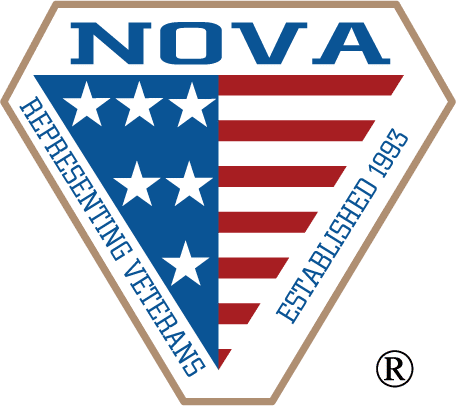TSGLI covers service members who suffer traumatic injuries while on active duty. Unfortunately, many service members are not aware that they are eligible for the coverage.
This article provides information about TSGLI and some of the common questions that veterans have.
Is TSGLI the same as VA disability compensation?
No. TSGLI is a different benefit.
The TSGLI benefit comes the Servicemembers’ Group Life Insurance (SGLI) insurance policy. It covers almost all service members from October 7, 2001 to present unless they waive coverage.
TSGLI benefits are paid in a lump sum payment. If you are also eligible for VA disability compensation benefits, the TSGLI benefits are not deducted from your VA disability compensation benefits.
What sort of traumatic injuries are covered by TSGLI?
Generally, you are covered if you suffer a traumatic injury on active duty. The injury does not have to be suffered during combat and can even be suffered while you are off duty. This means that you may still receive TSGLI benefits for a car wreck or other injury off duty.
The word “traumatic” means different things to different people. Some people think severe injury when they hear the word “traumatic”.
But an injury does not have to be severe to qualify as a traumatic injury for purposes of TSGLI benefits. A traumatic event might include any event where an external force causes harm to the service member. Don’t assume that your event would not qualify as a traumatic event.
Are any sort of traumatic injuries excluded from TSGLI coverage?
There are some injuries that are excluded from TSGLI coverage. The primary exclusions include:
- Self inflicted injuries,
- Injuries occurring while committing a felony,
- Injuries occurring while taking an illegal controlled substance, and
- Injuries from diagnostic or preventative medical procedures.
What severity of injury must I suffer to qualify for TSGLI benefits?
You also must show that you have a certain type of injury to qualify for benefits. The types of injuries are divided into two types, Part I and Part II.

Part I focuses on specific types of injuries. These include:
- Loss of sight (one or both eyes)
- Loss of hearing (one or both ears)
- Loss of speech
- Quadriplegia
- Hemiplegia
- Paraplegia
- Uniplegia
- 2nd degree or worse burns
- Amputation of hand
- Amputation of fingers
- Amputation of foot
- Amputation of toes
- Limb salvage
- Facial reconstruction
- Traumatic brain injuries
- Genitourinary losses
Part II losses focus on how the injury affects the service member. The injury can qualify for benefits if it results in the inability to perform at least 2 activities of daily living for 30 days. Injuries resulting in hospitalization for at least 15 days can also qualify for benefits.
What benefits does TSGLI pay?
A successful claim qualifies a service member for a lump sum payment of $25,000, $50,000, $75,000 or $100,000.
For Part I losses, the amount of the lump sum payment depends on the type and extent of injury suffered. Sometimes, injuries that qualify for lesser amount can be combined with other injuries to reach the full $100,00 payment.
Part II losses focus on the duration of hospitalization or the duration of the inability to perform activities of daily living. Each 30 consecutive days of activities of daily living loss will qualify the affect service member for $25,000. This means that 120 days of activities of daily living loss qualifies a service member for the maximum payment of $100,000.
Is it too late to file my TSGLI claim?
Probably not. If you have not filed a claim, you should still be able to file one.
Other questions about TSGLI?
Many people have questions about TSGLI benefits. If you have any questions, we would be happy to talk to you.
The best way to do that is through a free consultation. To set up a free consultation, simply complete the “Need Help” form on the right side of this page. If you prefer, you also can call us and one of our staff will happily assist you in scheduling a free consultation.







